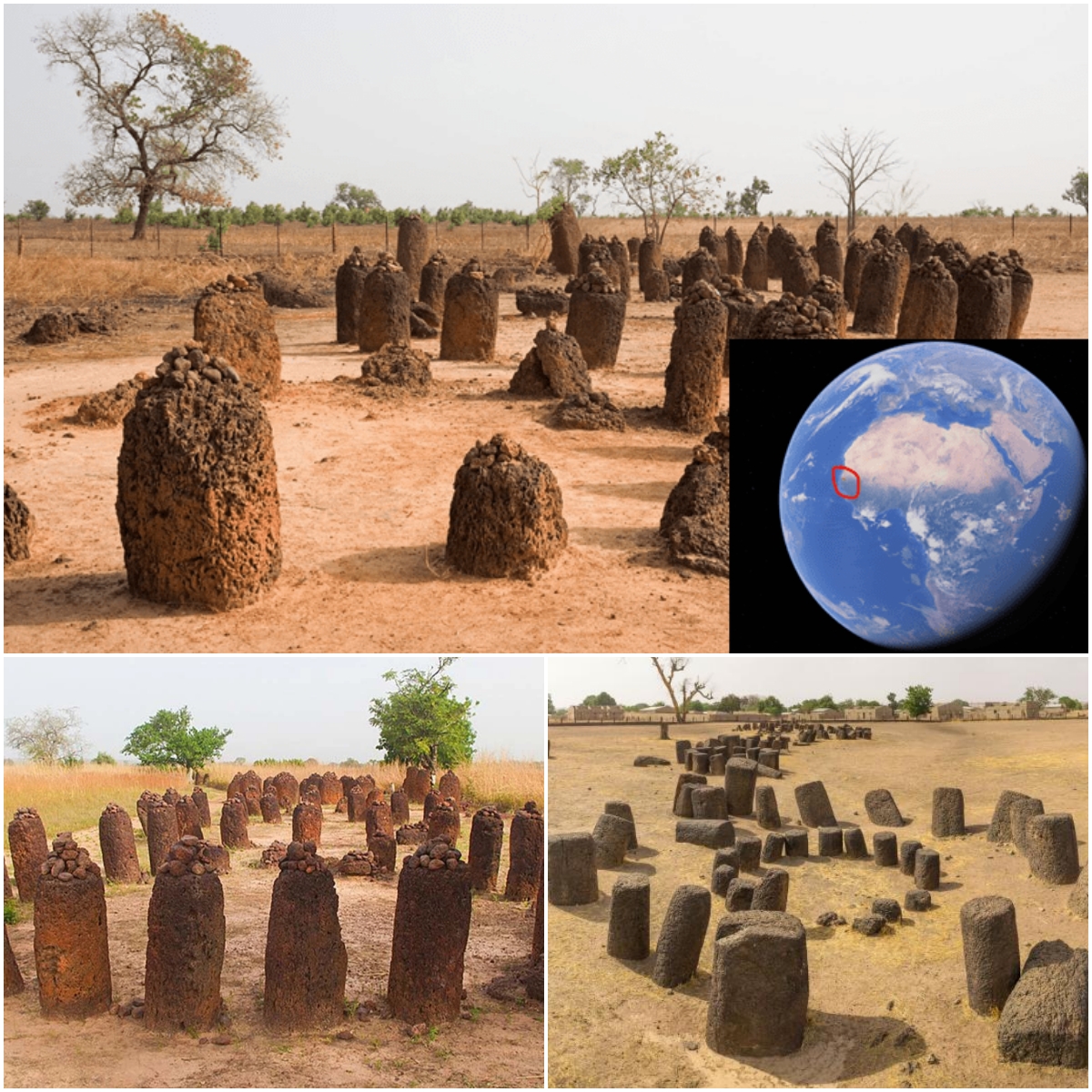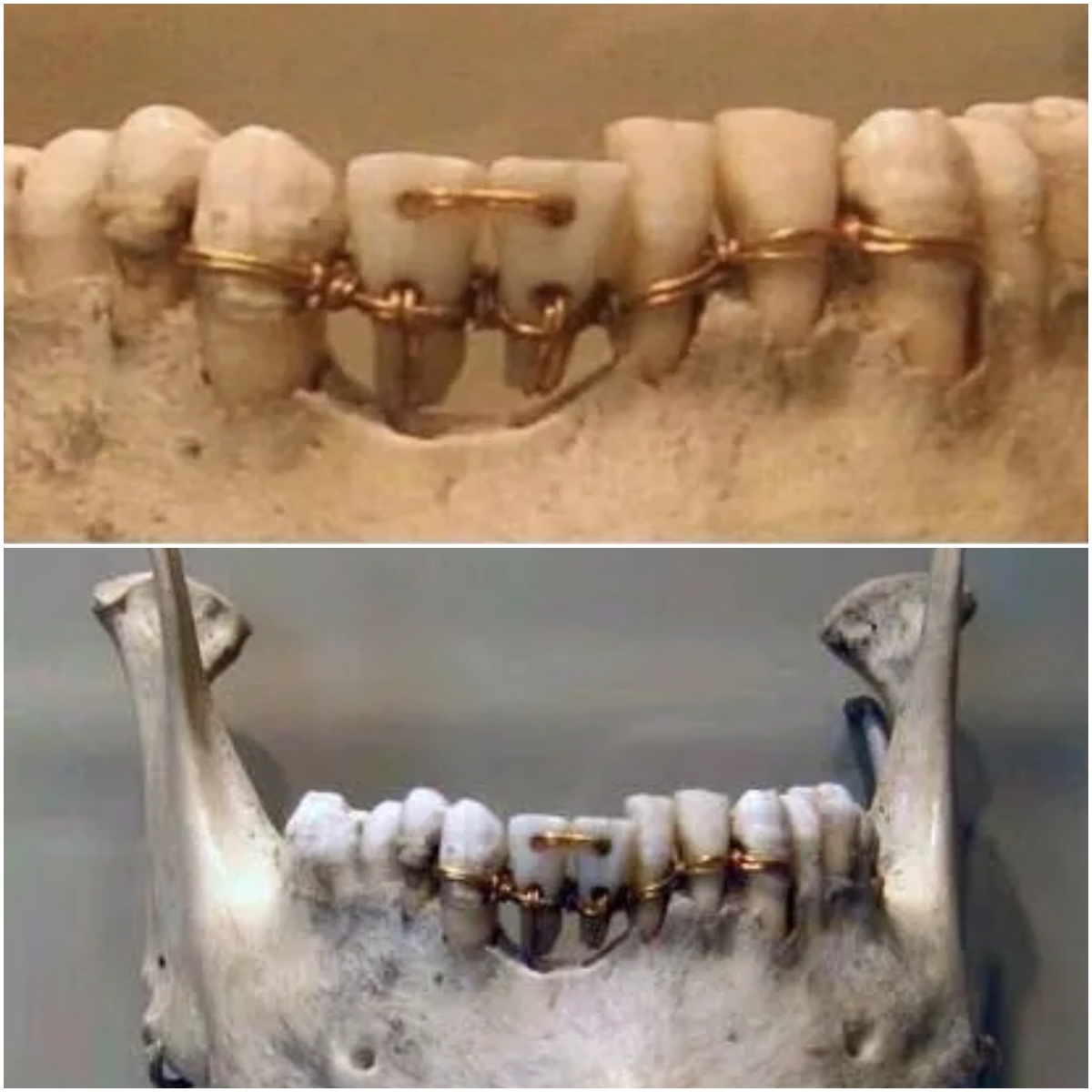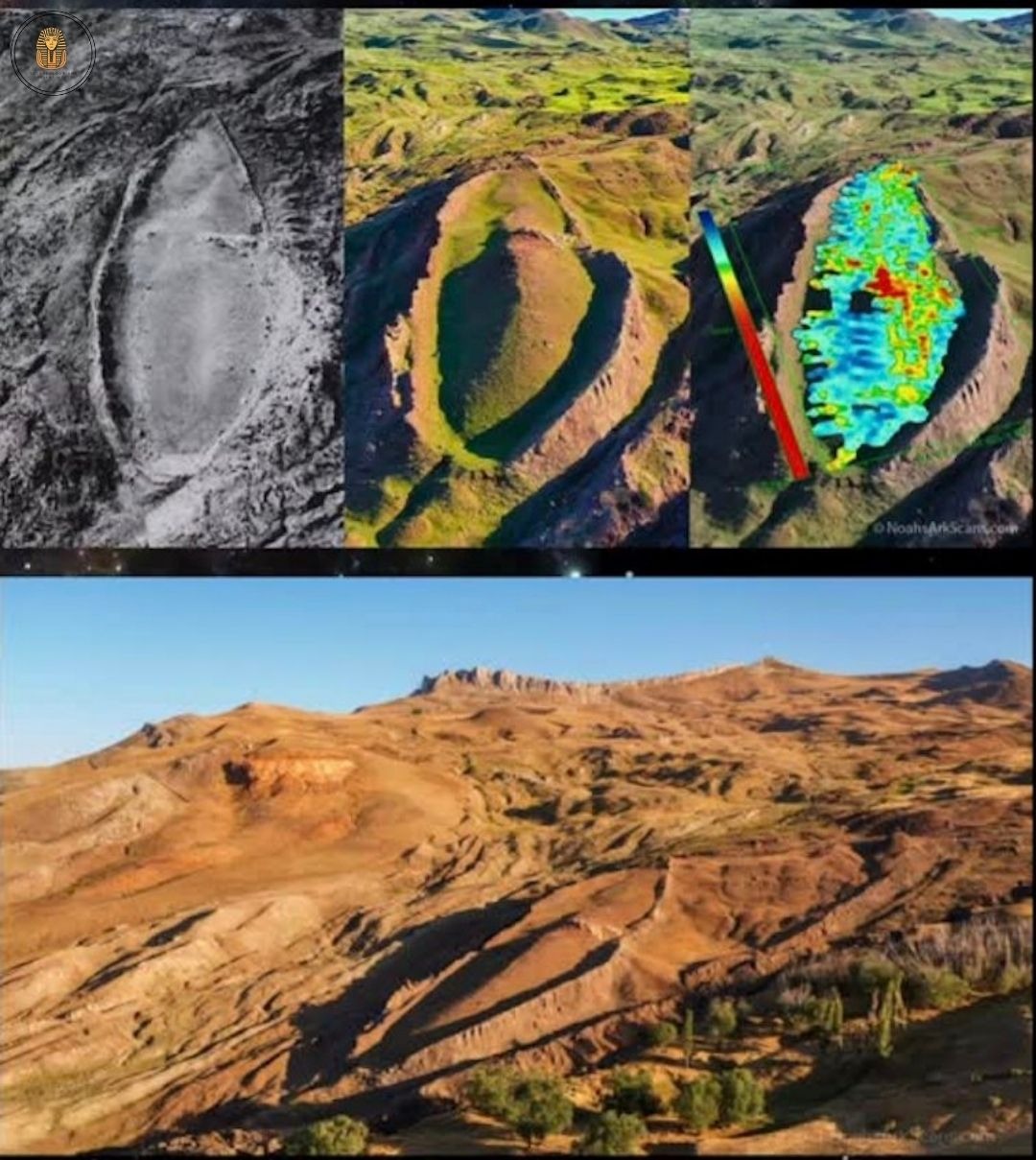WHO REALLY SCULPTED THE SPHINX?
As can be seen from this aerial photo, the Sphinx is a stone colossus in the middle of a ‘basin’ that is closed on three sides, particularly the back and two sides. For at least 3,5000 years, the area around the Sphinx has been an arid sand desert. As the sand in Egypt has been moved continuously by the wind over the past millennia, under normal conditions the wind carries the sand into the Sphinx’s ‘basin’, filling it completely.

The sand then covers the entire ‘basin’ up to the height of the statue’s neck, whose head is roughly at the height of the surrounding ground. Under normal conditions, therefore, the Sphinx’s head remains the only visible part of the statue. This was in fact the condition in which the Sphinx was found in the 19th century, completely buried in the sand except for the head. It was archaeologists who unearthed it and showed it to us as we see it today.
Taking this into account, it is not possible that the builders of the Sphinx decided to carve this statue knowing that it would be covered in sand. The builders knew from experience that even if they shoveled the sand away, it would reappear within a short time. How to explain this apparent egregious error?

The simplest and most plausible explanation is that, evidently, when the sphinx was carved, the area around the rock was not at all covered with sand as it is today. This would explain in a simple and reasonable way why the builders did not consider the possibility that the sand might invade the ‘pool’ and bury the Sphinx. Sand at that time simply did not exist! So sand was not an issue to be considered.
Between 12,500 B.C. and 3,500 B.C., the Sahara gradually changed from being a green area full of water. Evidently the Sphinx was carved in that time period, when sand was not an issue. And this makes it clear that the Sphinx was not carved by the Egyptians we know, but by an earlier population.

The article continues in the book:
HOMO RELOADED – The hidden history of the last 75,000 years






